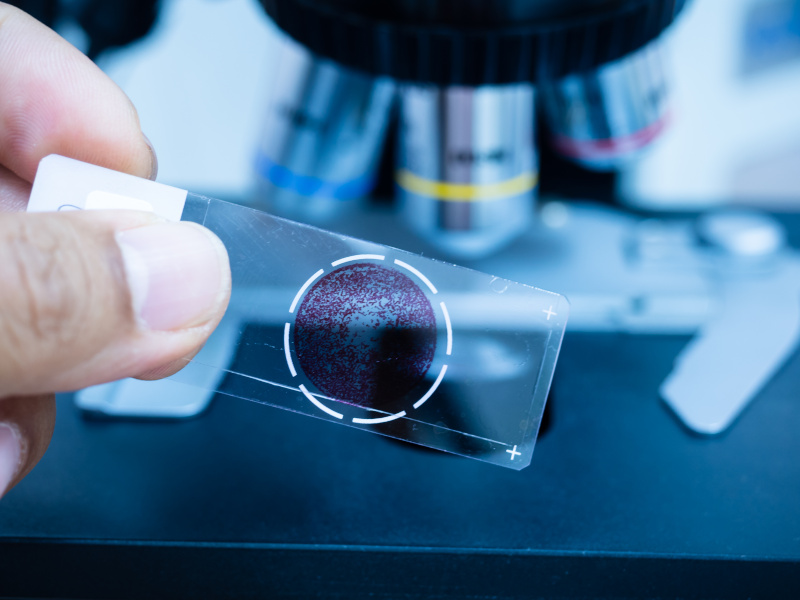
Microscopic revolution: the birth of modern pathology
From Macroscopic View to Cellular Revelations
Origins of Microscopic Pathology
Modern pathology, as we know it today, owes much to the work of Rudolf Virchow, generally recognized as the father of microscopic pathology. Born in 1821, Virchow was one of the first physicians to emphasize the study of disease manifestations visible only at the cellular level, utilizing the microscope invented about 150 years earlier. He was followed by Julius Cohnheim, his student, who combined histological techniques with experimental manipulations to study inflammation, becoming one of the early experimental pathologists. Cohnheim also pioneered the use of tissue freezing techniques, still employed by modern pathologists today.
Modern Experimental Pathology
The expansion of research techniques such as electron microscopy, immunohistochemistry, and molecular biology has broadened the means by which scientists can study diseases. Broadly speaking, nearly all research that links disease manifestations to identifiable processes in cells, tissues, or organs can be considered experimental pathology. This field has seen continuous evolution, pushing the boundaries and definitions of investigative pathology.
The Importance of Pathology in Modern Medicine
Pathology, once limited to simple observation of visible and tangible diseases, has become a fundamental tool for understanding diseases at a much deeper level. The ability to see beyond the surface and investigate diseases at the cellular level has revolutionized disease diagnosis, treatment, and prevention. It is now indispensable in almost every field of medicine, from basic research to clinical application.
This evolution of pathology has radically changed how we understand and address diseases. From Virchow to today, pathology has transitioned from simple observation to a complex and multidisciplinary science essential to modern medicine. Its history is a testament to the impact of science and technology on human health.
Sources


